(FINAL)
La Guerra Multifuncional, Total o Multidisciplinar.
El ciberataque es un “ataque total” de tipo enjambre; o sea, de carácter múltiple y simultáneo o secuencial. Va dirigido sobre las estructuras económicas, administrativas, civiles y militares, que sostienen y permiten que un “grupo social” funcione. Es una “forma de lucha” en el ámbito cibernético. Donde se busca “ocupar” “posiciones ventajosas” tácticas o estratégicas. Y “dañar” al enemigo, impidiéndole mantener su ritmo, su “tempo habitual” de funcionamiento y robándole y privándole a veces de los costosos bienes de investigación y desarrollo creados por él. Y que le permitían mantener una ventaja competitiva de “medios de intervención” nacionales en los campos industriales, económicos, militares. Una rama del ciberataque es el espionaje industrial.
Con ellos se logra afectar y debilitar gravemente los sectores diplomáticos, económicos, militares y civiles de una sociedad. En el civil está el humus primigenio, la esencia social, como creador de la “moral nacional” y de la “voluntad de defensa” del grupo social. Siendo aquellos sectores los “medios de intervención” con los que cuenta un Estado para su defensa global, holística, de agresiones y peligros externos e internos.
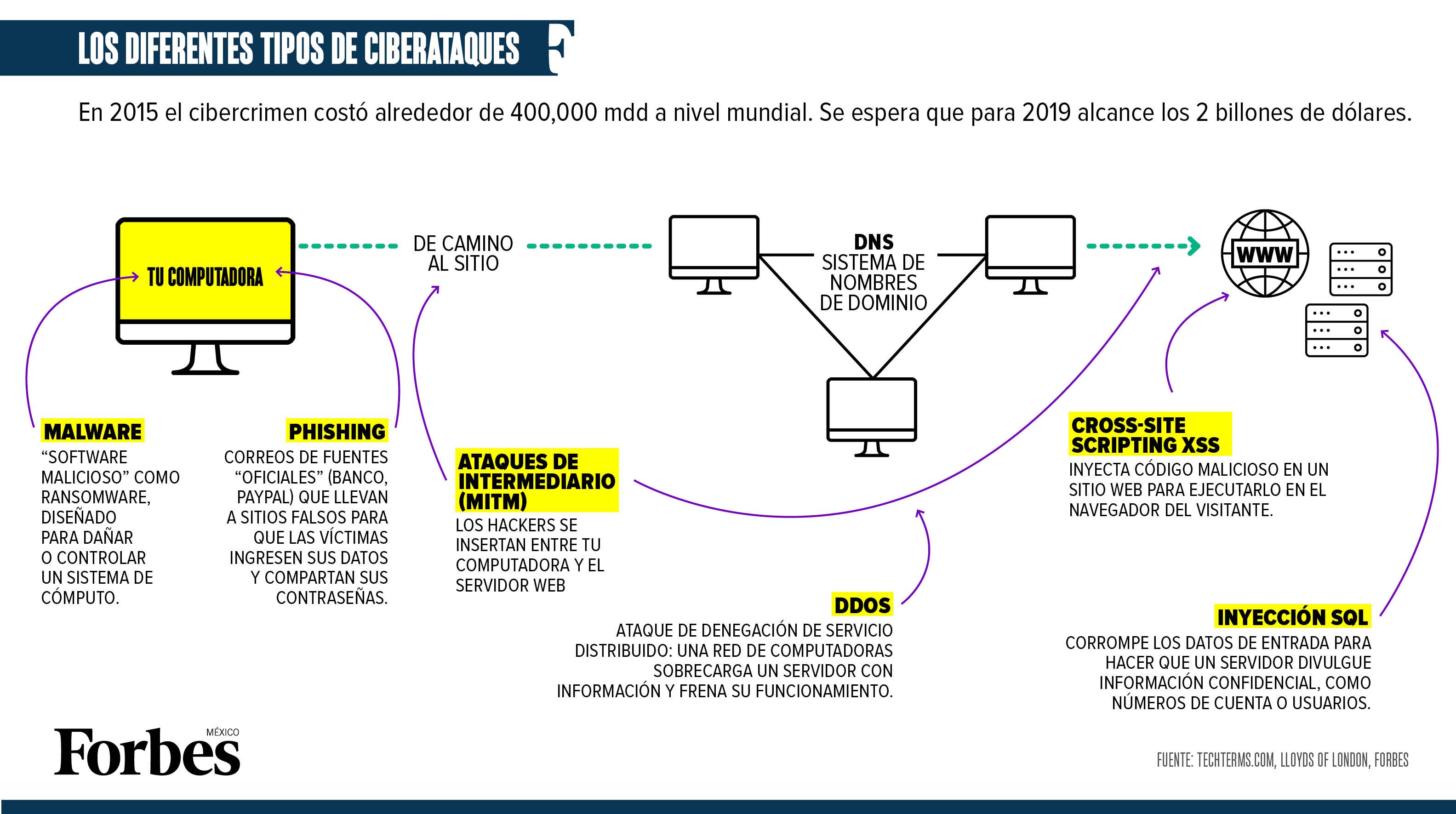
Es conocido el ataque supuestamente estadounidense empleando un virus avanzado contra el software de las centrifugadoras iraníes. Que operaban para separar los isótopos del Uranio 235 y Uranio 239 (no fisionable), teniendo en cuenta su masa molecular. Buscando obtener U 235 suficientemente puro para crear “masas críticas autofusionables”, el explosivo de las bombas atómicas, para sus supuestos artefactos nucleares. Como el % de riqueza entre un uso industrial, para generar electricidad, por ejemplo, y la gran pureza que requiere una “masa crítica”, ambas “actividades de sucesivos enriquecimientos” son perfectamente reconocibles por las inteligencias extranjeras. En mayo de 2010 fue detectado por los iraníes un virus malicioso, llamado Stuxnet, en las centrifugadoras de la central nuclear de Nataz. Y que le dió la “orden” a un millar de ellas de autodestruirse. Pero, ya en enero de ese año habían detectado los inspectores de la Agencia Internacional de la Energía Atómica (la AIEA) y los técnicos iraníes que muchas centrifugadoras funcionaban lento o mal y sin un motivo determinado.
China tiene una posición privilegiada singular como “gran factoría universal” en la economía global. Y lo mismo vende productos baratos de consumo inmediato en gran escala, que compiten principalmente en precio, que fabrica ya productos de alto valor añadido con las más modernas tecnologías. Esto le permitió protagonizar uno de los casos más significativos y consistentes de ciberataques en gran escala contra un país o coalición. La historia fue publicada por Bloomberg.
Los agentes de una unidad de espionaje y guerra cibernética del Ejército chino consiguieron colocar unos “componentes” maliciosos en las placas base de equipos informáticos de la compañía Supermicro, de San José, California. La cual compra componentes a fábricas chinas, que tienen, a su vez, subcontratas y proveedores de partes en China. Así, los equipos informáticos con ese “caballo de Troya” permitieron a los espías cibernéticos chinos acceder durante 3 años a secretos industriales y gubernamentales de los EE. UU.

Las anomalías emergieron en 2015, cuando Elemental Technologies, que diseñaba software para comprimir archivos, informó de ellas en las placas base de sus servidores. Existían unas 30 compañías tecnológicas, entre ellas Amazon y Apple, y diversas agencias de inteligencia estadounidense “invadidas” en el ataque chino. Se comprobó que los servidores de Elemental fueron montados por Supermicro, que es el mayor productor mundial de servidores.
Se encontró que algunas placas de los servidores tenían instalado un “componente perfeccionado” que no aparecía en su diseño y que no era un chip. Este “cuerpo extraño” multifuncional habría sido colocado hasta en 4 fábricas de China que montan servidores de Supermicro.
Las intervenciones físicas en el hardware son más difíciles, porque todos comprueban teóricamente los equipos que fabrican o compran. Los ataque al hardware ajenos se suelen hacer durante su tránsito del fabricante al cliente. Que es el método que emplean las agencias estadounidenses. Pero esta manipulación maliciosa y cómoda de los espías chinos se puede efectuar porque China es el gran fabricante (con licencia o sin ella) de hardware (ordenadores, móviles). Y los directores y mandos de sus fábricas colaboran de buen o mal grado con las “peticiones de las autoridades”, en un amplio sentido.
Y, por fin, hace unos días fue de actualidad reincidente el caso, aún no cerrado, del gigante chino de las telecomunicaciones Hua Wei. Así, las agencias de inteligencia de los EE. UU. han advertido que no se deben emplear los productos y servicios de Huawei y ZTE. Acusando que los terminales de estas marcas podrían estar funcionando como “agentes cibernéticos encubiertos”, espiando para el gobierno chino. También, el Pentágono ha prohibido a su personal introducir en las bases militares los productos de esas marcas.
La Economía Nacional como “medio de intervención”.
La Economía es un importante y clásico “medio de intervención” del Estado y de la Nación. Significa e implica en el esfuerzo de guerra a la capacidad de obtención y producción de toda clase de bienes y servicios, intermedios y finales, que las tecnologías y procesos en vigor en cada etapa son capaces de lograr y conseguir.
La Economía va ligada aquí directamente con la educación aplicada, específica, de la mano de obra cualificada que se necesite y pueda lograrse en una nación. La capacidad propia de conseguir bienes o servicios (incluso con turismo, materias primas, comercio) apetecibles a otras naciones o grupos sociales, servirá para el intercambio directo o por trueque de los bienes y servicios en los que una sociedad sea deficitaria. Por ejemplo, energía o mano de obra específicamente cualificada.
 REAGAN Y GORBACHOV.
REAGAN Y GORBACHOV.
También, en casos de necesidad y utilidad, una nación puede decidir asignar más recursos productivos para la producción de un determinado bien. Pero, cuanta más especialización se exija en la producción, los rendimientos, tanto netos como económicos (como coste de ellos) serán menores. En virtud de las leyes del rendimiento decreciente y de los costes crecientes que sufren estos “procesos productivos especializados reconvertidos”. Es muy fácil utilizar el cemento en producir bienes militares de defensa estática (bunkeres, líneas defensivas artilladas) y no levantar edificios con él; resulta relativamente fácil convertir las fábricas de vehículos industriales en productoras de blindados. Y es muy difícil conseguir grandes rendimientos de una lechería convertida en fábrica de armamento.
Es evidente que todo este proceso de reconversión de la capacidad de producción de una nación, exigirá el control por un mando político decidido y firme. Y la convalidación y el respaldo de unas leyes de guerra temporales, que lo decidan y apoyen firmemente. Aprobadas por una mayoría suficiente del Poder Legislativo.
Paradigmático fue el ejemplo de los EE.UU. y la Unión Soviética, de Ronald Reagan y Mijail Gorbachov, en la década de los 80 del siglo XX. La carrera de armamentos que impuso la primera nación colapsó la economía de la segunda. Que no pudo seguir, con su capacidad económica sin competencia (al capital productivo), ni incentivos (a la mano de obra), el ritmo al que se le forzaba a producir los bienes y servicios planificados. Y todo un sistema económico político social, como el “socialismo real” implosionó y se derrumbó. Llevándose con él, en unos pocos años, todo el entramado político militar montado por Moscú. Para que fuera su esfera de influencia, sus “marcas” tampones occidentales y su imperio político social, tras la II Guerra Mundal.
Años más tarde, un ex diplomático soviético se sinceraba: “no teníamos ni para comer…”
China adapta sus “combinaciones” de “medios de intervención”, según sus objetivos nacionales y estratégicos.
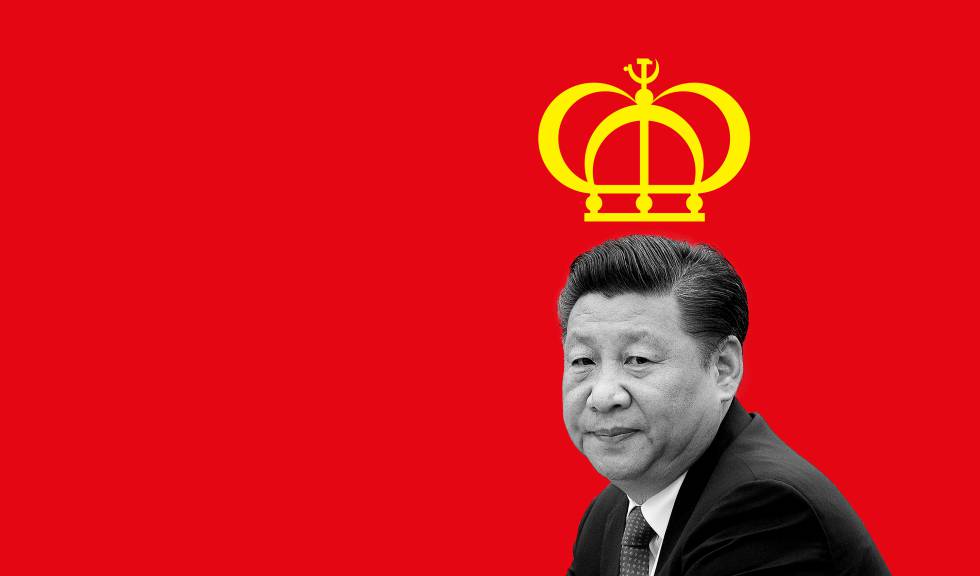 ASPIRACIONES FUNDAMENTALES DE CHINA…
ASPIRACIONES FUNDAMENTALES DE CHINA…
Un primer objetivo nacional exterior chino es fomentar la multipolaridad en la estructura mundial de las grandes potencias y sus aliados. Buscando que no exista una potencia mundial hegemónica como los EEUU, que le estorbe en la extensión de su influencia y poderío desde su “centro nodal”.
Para ello, creará alianzas y establecerá pactos y convenios con terceros en detrimento o en sustitución de aquella potencia hegemónica. Y será un “actor intransigente obstruccionista” en todas las actuaciones que promueva unilateralmente aquélla en los foros internacionales (ONU, Agencia Internacional de la Energía Atómica). Así, las actuaciones de las naciones occidentales en el conflicto sirio estaban frustradas y limitadas por el veto sistemático de China a su aprobación en el Consejo de Seguridad. Aunque los comunistas chinos se consideran al margen de la lucha por la influencia directa en el Oriente Medio musulmán. Y, la decisión china de renovar sus relaciones con el África Subsahariana fue en parte un corolario estratégico de la “guerra al terror” de los EEUU y la OTAN en Oriente Medio, como región proveedora de petróleo y gas a todo el mundo.
China es para Rusia y Rusia es para China un socio, competidor y rival, si vale esta definición polivalente, que hace que ninguna de las expresiones lo sea en plenitud. Ambas son “potencias emergentes”, según la nueva nomenclatura, empeñadas en crecer, en no dañarse directamente de momento y en erosionar a la potencia hegemónica y a sus aliadas europeas.
Así, los chinos no actuarían directamente, ni por terceros países interpuestos, en Siria, en el caldero hirviente del Asia del Suroeste, escenario de la contienda global que sunníes y chiítas desarrollan por el control y la supremacía en el Islam. Sino que lo harán colaborando en cierta medida con los intereses y las proposiciones diplomáticas de los rusos. Reforzando así una postura política común de contrapeso y neutralización de la influencia de Occidente en la zona. Y a cambio de una cierta reciprocidad rusa a favor de los intereses chinos, en otros países en los que no choquen las influencias nacionales de ambos.
 UN GRUPO NAVAL DE PROYECCIÓN ESTRATÉGICA CHINO NAVEGA POR EL MAR DEL SUR DE CHINA, TRAS CRUZAR EL ESTRECHO DE TAIWAN.
UN GRUPO NAVAL DE PROYECCIÓN ESTRATÉGICA CHINO NAVEGA POR EL MAR DEL SUR DE CHINA, TRAS CRUZAR EL ESTRECHO DE TAIWAN.
Una preferencia estratégica china externa se dirige hacia el subcontinente indio y a las naciones de un primer círculo asiático de cercanía terrestre y marítima. La India es un rival radical a su medida, con el que sostuvo varias guerras fronterizas a mediados del siglo XX. La India tiene una estructura política más avanzada que China, la democracia liberal participativa, aún a pesar de todas sus contradicciones, discriminaciones étnicas, sociales y religiosas y carencias de todo tipo. Y posee una pujanza demográfica que la supera. Aunque últimamente los chinos comienzan a darse cuenta de lo irracional de sus métodos “seudos científicos” del control de la natalidad. Que la China comunista aplicó en aras de un progreso material racional. Progreso del que sólo disfrutan en diversos grados en el presente, los miembros del partido comunista y sus familias, los técnicos que lo diseñan, impulsan y desarrollan, los jefes y oficiales de las fuerzas armadas y una minoría de emprendedores y hombres de negocio. Que han prosperado a la sombra de un clientelismo institucional inveterado de las citadas élites públicas.
Al oeste de China, junto a su inmensa región de Sinkiang (Xinjiang), en el Turkestán Oriental, se encuentra un rosario de antiguas repúblicas socialistas soviéticas de unos 2 mil Kms de longitud, que alcanza hasta la orilla oriental del Mar Caspio. Ellas son, de este a oeste, Kazajistán, Kirguistán, Tadzikistán, Uzbekistán y Turkmenistán. Y forman estos países un conjunto monolítico de varias etnias, recogidas en los nombres de ellos, pero extendidas por varios a la vez, de origen turcomano, de las estepas centrales de Asia. Y aglutinados también por su pertenencia al Islam sunní. Todo ello forma un escudo multinacional defensivo y refractario a la actividad expansiva y a la presencia significativa de los chinos en sus asuntos internos o en su comercio exterior, siempre con efectos de tutela política. Estos musulmanes turcomanos son más bien unos potenciales aliados de la Gran Rusia, en cuanto ésta ponga un poco de dedicación y esmero en atraerlos y atenderlos.
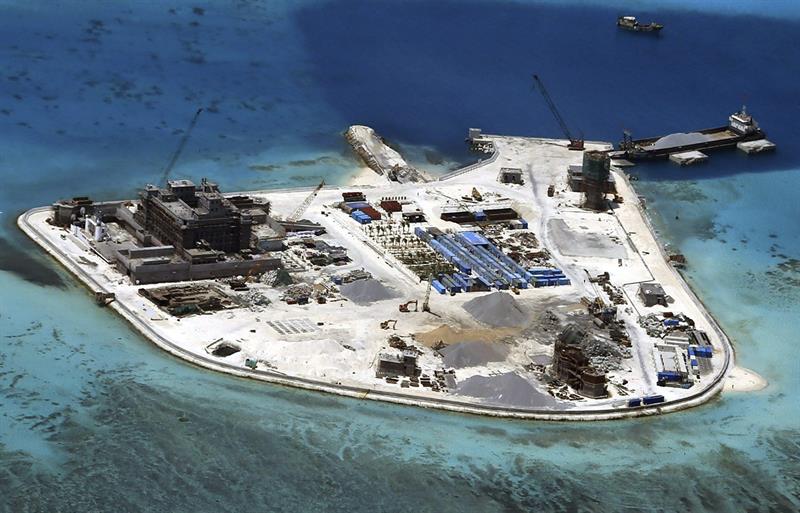 BASE NAVAL DE COHETES CHINA EN UN ISLOTE DEL ARCHIPIÉLAGO PARACELSO.
BASE NAVAL DE COHETES CHINA EN UN ISLOTE DEL ARCHIPIÉLAGO PARACELSO.
Otra gran preferencia estratégica de Beijing es extender su influencia y ampliar los lazos económicos y diplomáticos con las naciones en desarrollo, especialmente las que tengan “recursos naturales y cultivos primarios”, que sean necesarios para la producción manufacturera, la alimentación y el desarrollo general de las naciones. Ella les ha llevado hasta mucho más allá de sus fronteras geográficas de influencia política o estratégico militares.
Con los inacabables ingresos de sus exportaciones y con los conocimientos en muchas áreas del desarrollo, China hace inteligentes y masivos “desembarcos” estratégicos nacionales en diversos países de África e Hispanoamérica. Con los que establece “alianzas vinculantes” de apoyo, asesoría y sostén. Procurando anclarse firmemente y crearse aliados o “amigos” por todo ese mundo en desarrollo.
Marchando por el camino político, económico, diplomático y militar de convertirse en lo que China realmente busca ser: una (o la) potencia hegemónica en el siglo XXI.
Los contenciosos, incluso violentos, y al menos, muy amenazadores, que mantiene China con los países del Este asiático, demuestran lo incómoda, despótica y avasalladora que puede ser su presencia a las distancias cortas. Cuando China cree que están en juego sus intereses nacionales o su orgullo nacional. Cuya pérdida a manos de las “potencias extranjeras” hasta casi mediados del pasado siglo, es uno de los tics neuróticos de la política exterior de Pekín, desde el 1 de octubre de 1949.
En el Mar del Sur de China, esta potencia es expansiva y hegemónica. Y mantiene contenciosos más o menos importantes con el resto de los países asiáticos bañados por ese mar. Que son Filipinas, Malasia, Brunei, Indonesia, Singapur, Tailandia y Vietnam.
Este mar tiene unos 3500 mil Km2. Y China considera que es su “Segundo Golfo Pérsico”, por los yacimientos de petróleo y gas natural subacuáticos, existentes y estimados. Por comparación y perspectiva, el Mar Mediterráneo sólo tiene 2500 mil Km2 y sus costas dan a 24 países de los tres continentes. Ninguno de los cuales es hegemónico o expansivo.
Con el fin de asentarse en los “archipiélagos disputados”, China sigue una estrategia de avances pequeños y consolidados. Instalando en ellos, en islas e islotes, bases militares aéreas o navales y ampliando las capacidades logísticas de algunas de ellas, robando terreno al mar. Esto ha obligado a algunos países costeros a realizar ocupaciones en las islas de sus mares regionales. Destinadas, más bien, a señalar su presencia y soberanía.
Dos de los casos más llamativos son los archipiélagos de Spratly y Paracelso.
El Spratly tiene cientos de islas e islotes esparcidos por más de 400 mil Km2, junto a las Filipinas. En relación a este archipiélago, la Corte de Arbitraje de La Haya ya dictaminó que no existe base legal para las reclamaciones chinas. Y que las Spratly no son islas con proyección económica. Pero, China, simplemente, no lo reconoce.
El archipiélago de Paracelso, a 700 Km al sur de Hong Kong, está situado al oeste del Mar meridional de China, en la entrada del golfo de Tonkin (Vietnam). Allí, China tiene plataformas petrolíferas en disputa con el gobierno vietnamita. En torno a las instalaciones chinas ha habido diversos incidentes entre los pesqueros y patrulleras vietnamitas y los barcos chinos de escolta. Que los han dispersado usando cañones de agua.

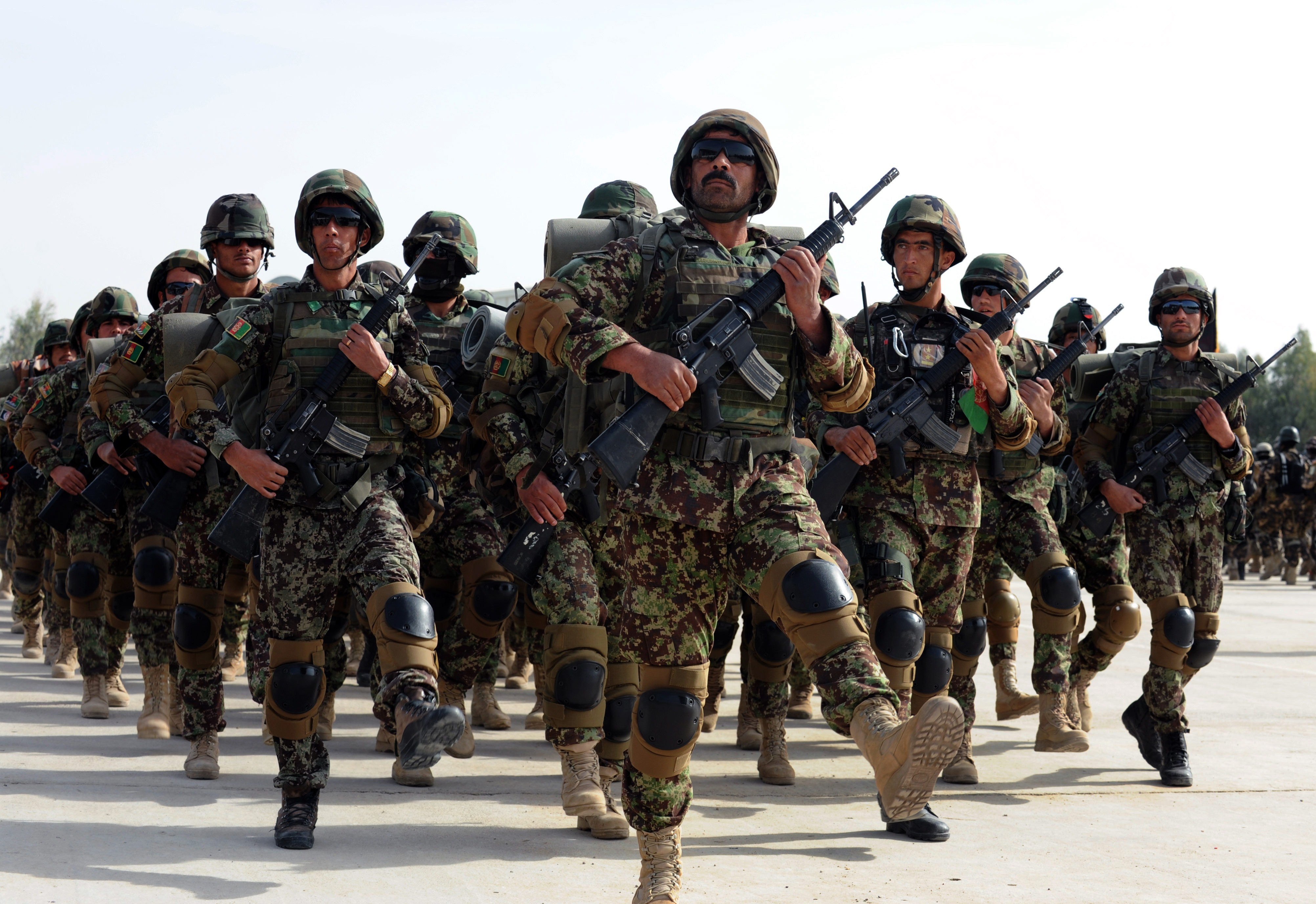

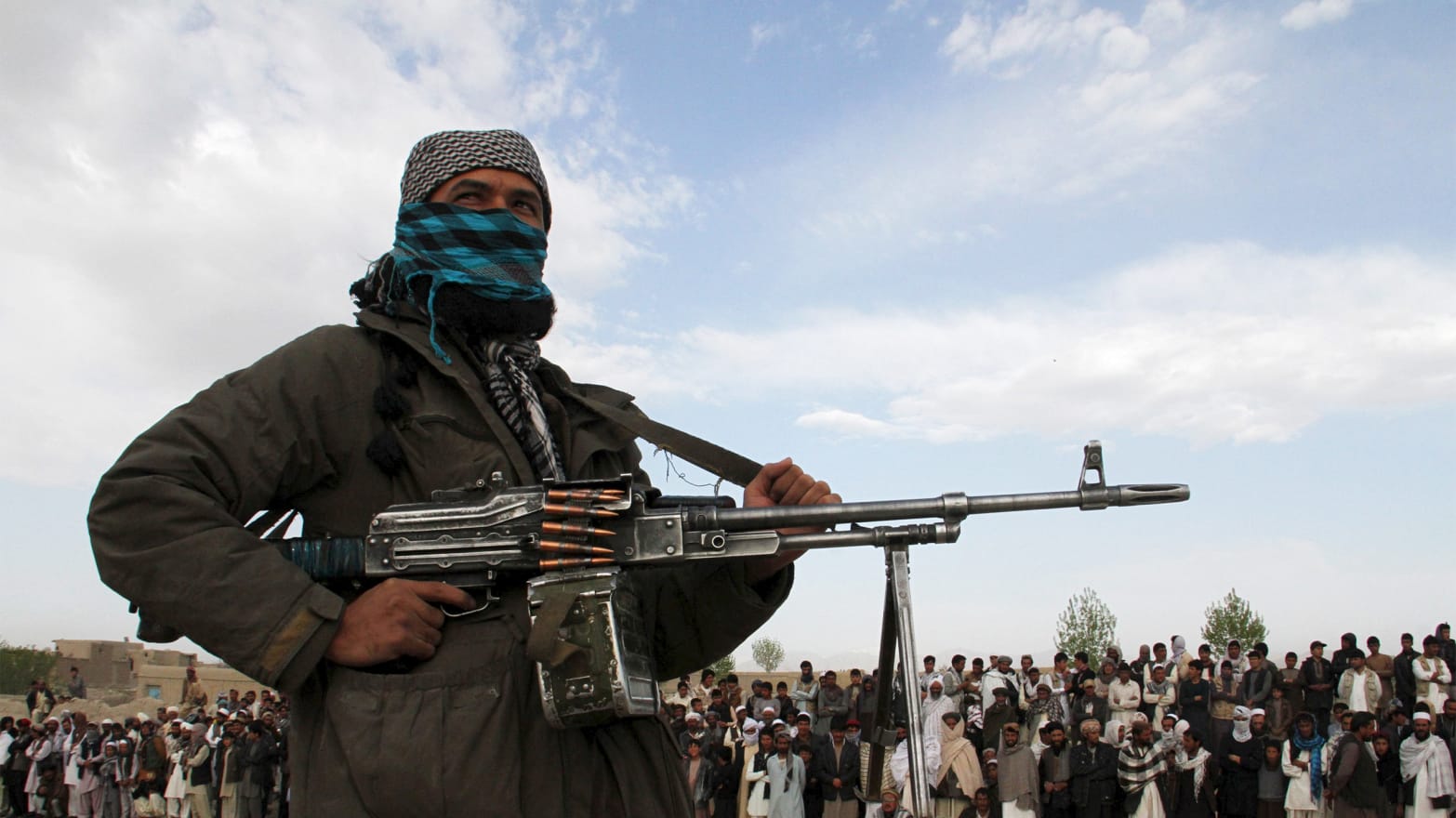


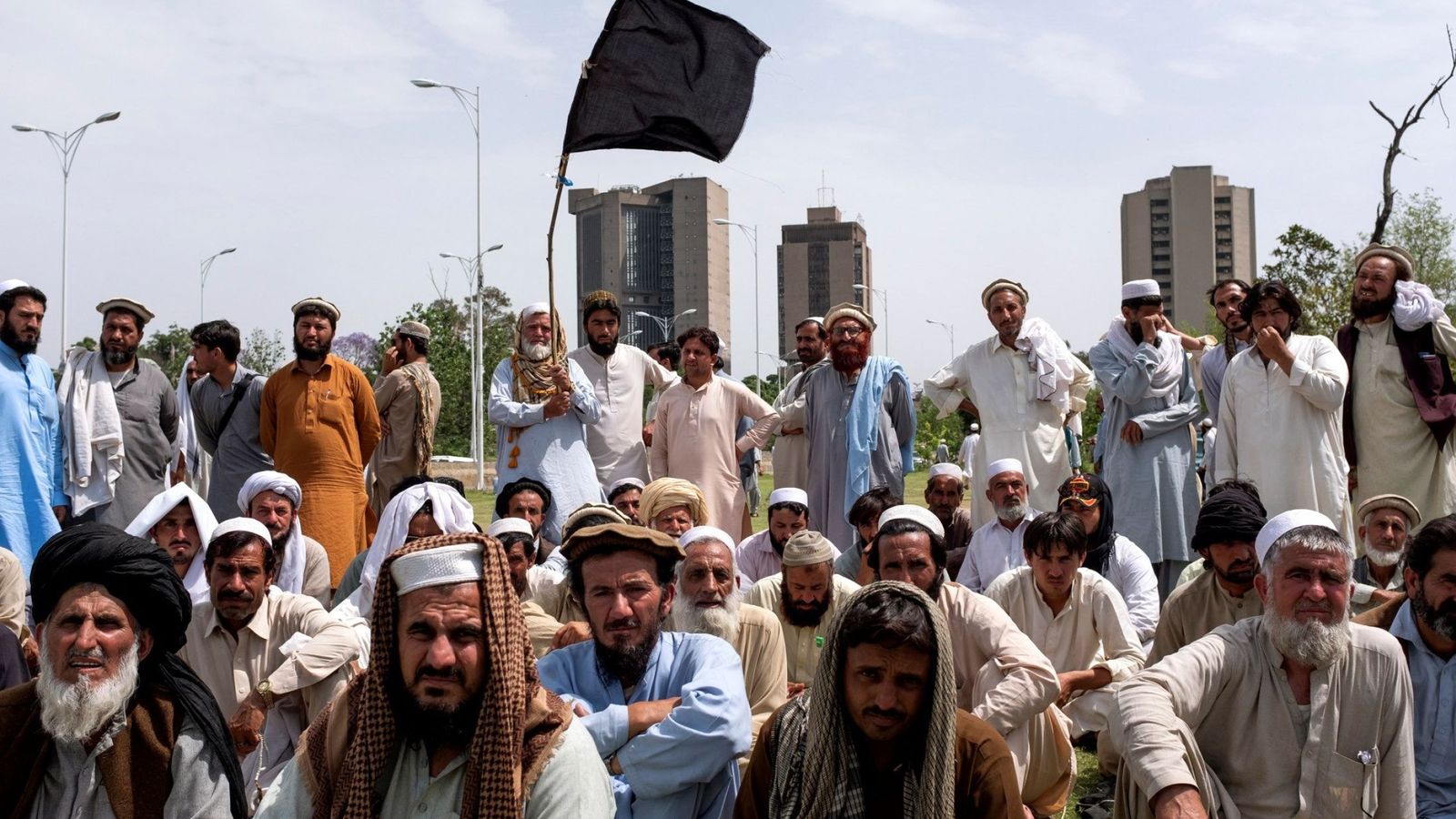

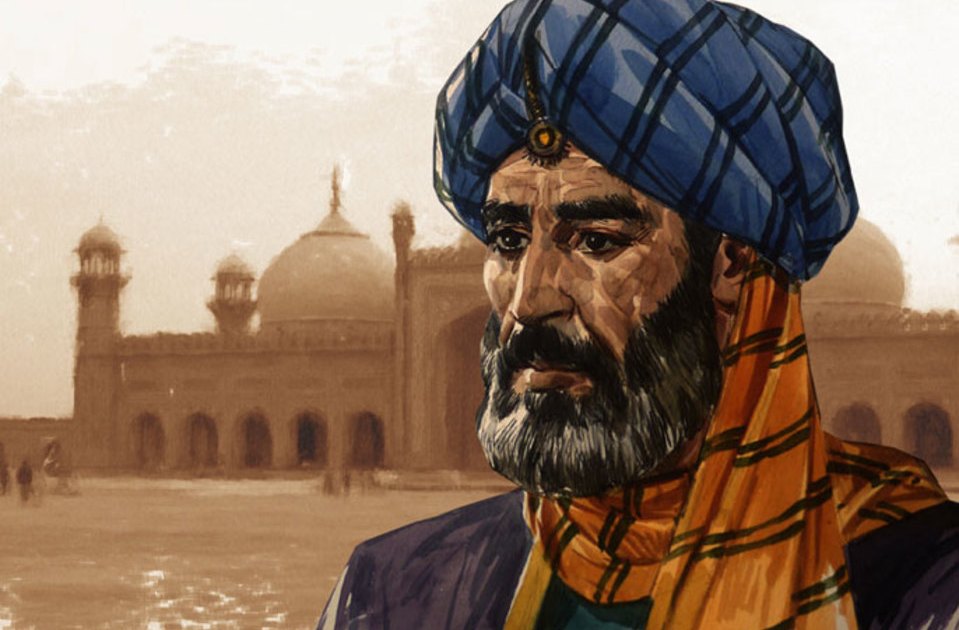
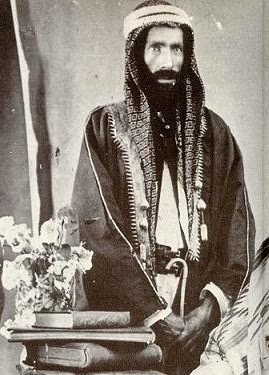

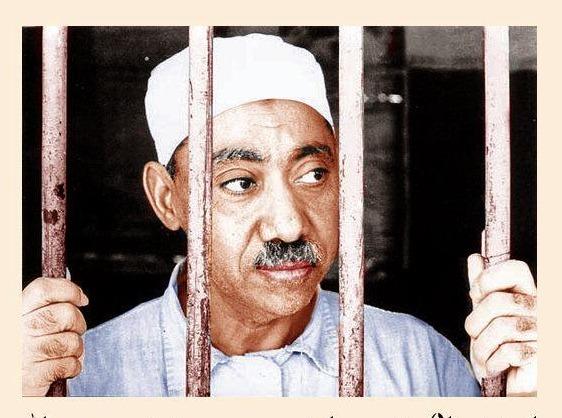
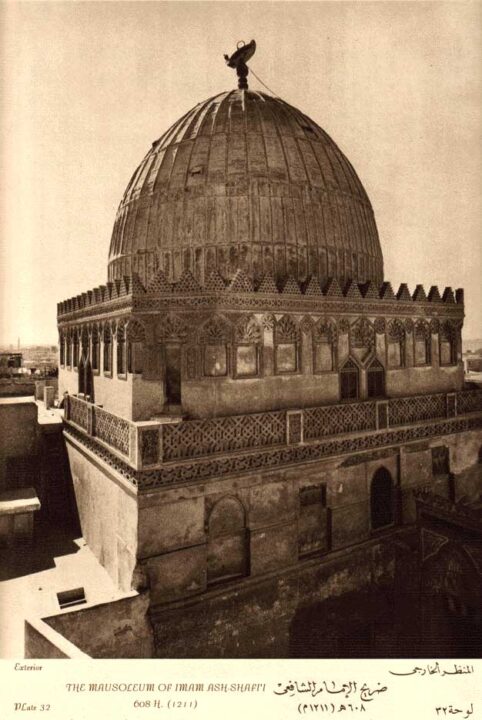

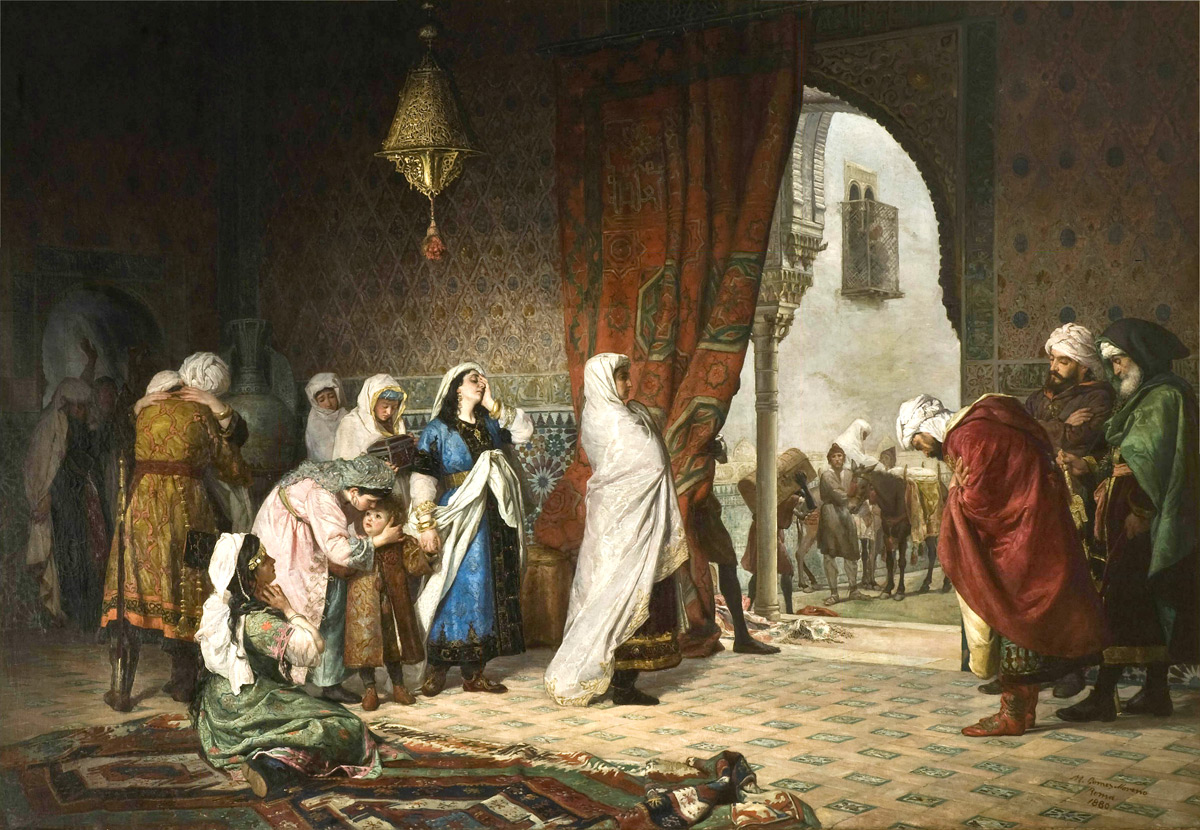


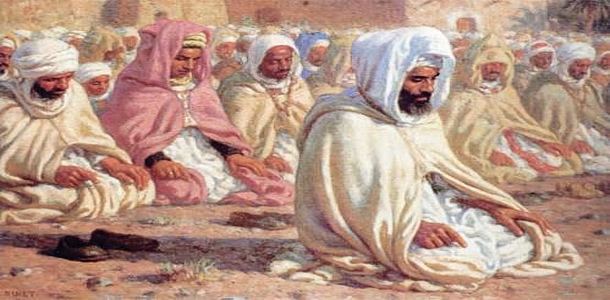



 THE SUPPOSED CHINESE COMPONENT INTRODUCED IN THE HARDWARE.
THE SUPPOSED CHINESE COMPONENT INTRODUCED IN THE HARDWARE. CHINA’S ASPIRATIONS…
CHINA’S ASPIRATIONS…  A CHINESE NAVAL GROUP OF STRATEGIC PROJECTION SAILS IN THE CHINA’S SOUTH SEA, AFTER CROSS THE TAIWAN’S STRAIT.
A CHINESE NAVAL GROUP OF STRATEGIC PROJECTION SAILS IN THE CHINA’S SOUTH SEA, AFTER CROSS THE TAIWAN’S STRAIT. A CHINESE NAVAL BASE OF MISILES IN A SMALL ISLAND OF THE PARACELSO’S ARCHIPELAGO .
A CHINESE NAVAL BASE OF MISILES IN A SMALL ISLAND OF THE PARACELSO’S ARCHIPELAGO . CHINA PROJECTS IN AFRICA HER ECONOMY AND INFLUENCE. DISPLAYING HERSELF AS A COUNTRY THAT NEVER WAS COLONISLIST.
CHINA PROJECTS IN AFRICA HER ECONOMY AND INFLUENCE. DISPLAYING HERSELF AS A COUNTRY THAT NEVER WAS COLONISLIST. Russians in Syria. First, they devastate and then his infantry advances to sweep away and occupy. The Syrian civil dead do not matter for them.
Russians in Syria. First, they devastate and then his infantry advances to sweep away and occupy. The Syrian civil dead do not matter for them. Two disembarkation vessels of the Black Sea’s Russian Fleet load troops for Tartus’s Syrian port. «To defend the national Russian interests in Syria».
Two disembarkation vessels of the Black Sea’s Russian Fleet load troops for Tartus’s Syrian port. «To defend the national Russian interests in Syria».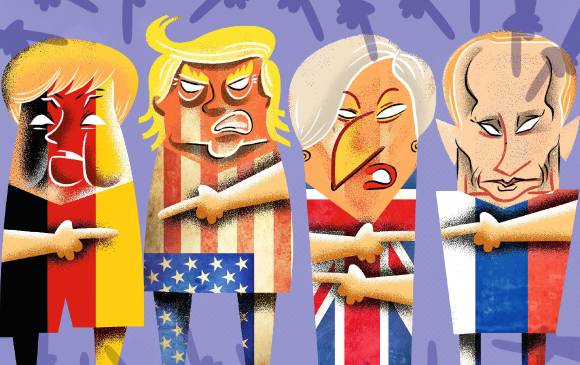
 Prince Klemens Wenzel Metternich (1773-1859). As diplomat was more important in his achievements, that Napoleon in his wars.
Prince Klemens Wenzel Metternich (1773-1859). As diplomat was more important in his achievements, that Napoleon in his wars.  The Roman Palace of the Congregation of Propaganda Fide.
The Roman Palace of the Congregation of Propaganda Fide. Reagan and Gorbachev.
Reagan and Gorbachev.
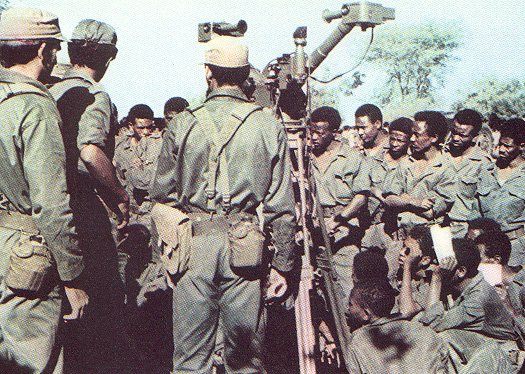 Cuban «internationalists» Forces supporting Ethiopia against Somalia in 1977.
Cuban «internationalists» Forces supporting Ethiopia against Somalia in 1977. North Vietnameses regular Forces equiped with Soviet design’s PPSh-41 sub machineguns.
North Vietnameses regular Forces equiped with Soviet design’s PPSh-41 sub machineguns. The Soviet tanks fight against an evasive and fleeting irregular enemy in Afghanistan. Who will win?
The Soviet tanks fight against an evasive and fleeting irregular enemy in Afghanistan. Who will win?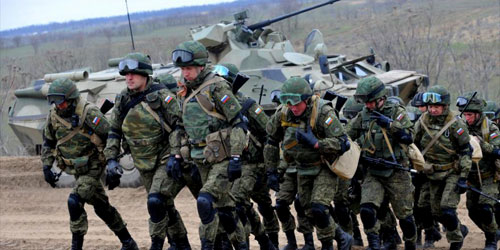 Russian Forces fight in Syria in support of al-Assad’s regime.
Russian Forces fight in Syria in support of al-Assad’s regime. The SEALs.
The SEALs.